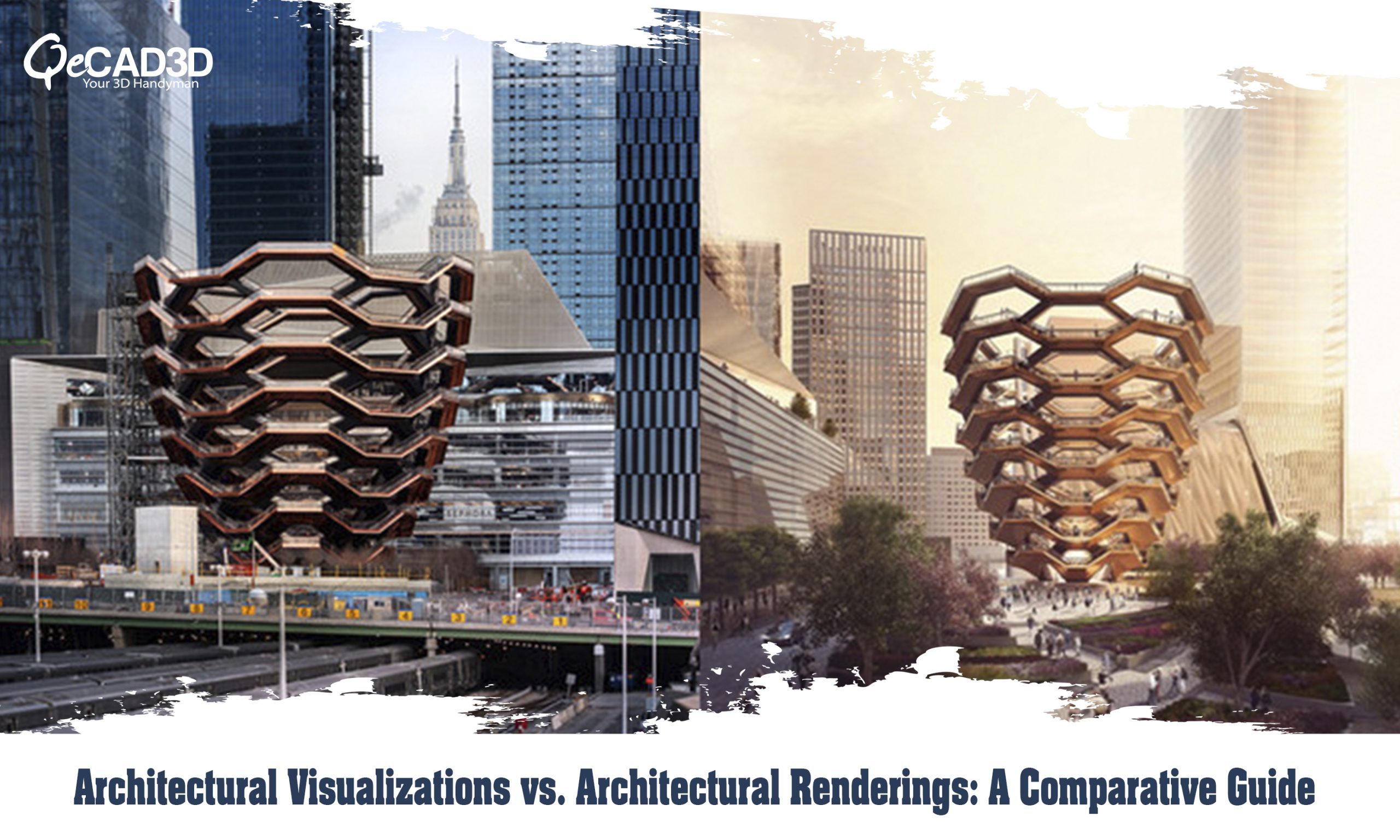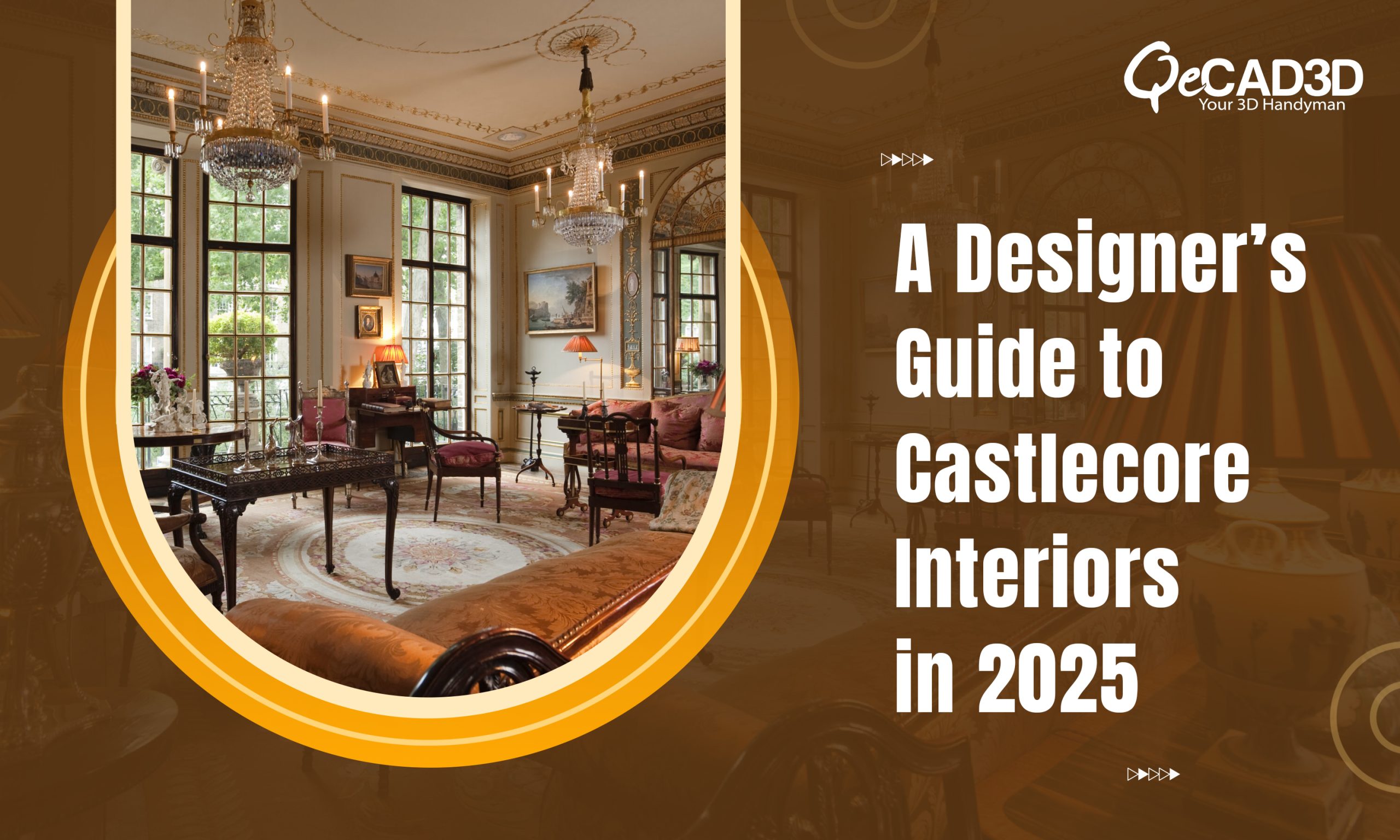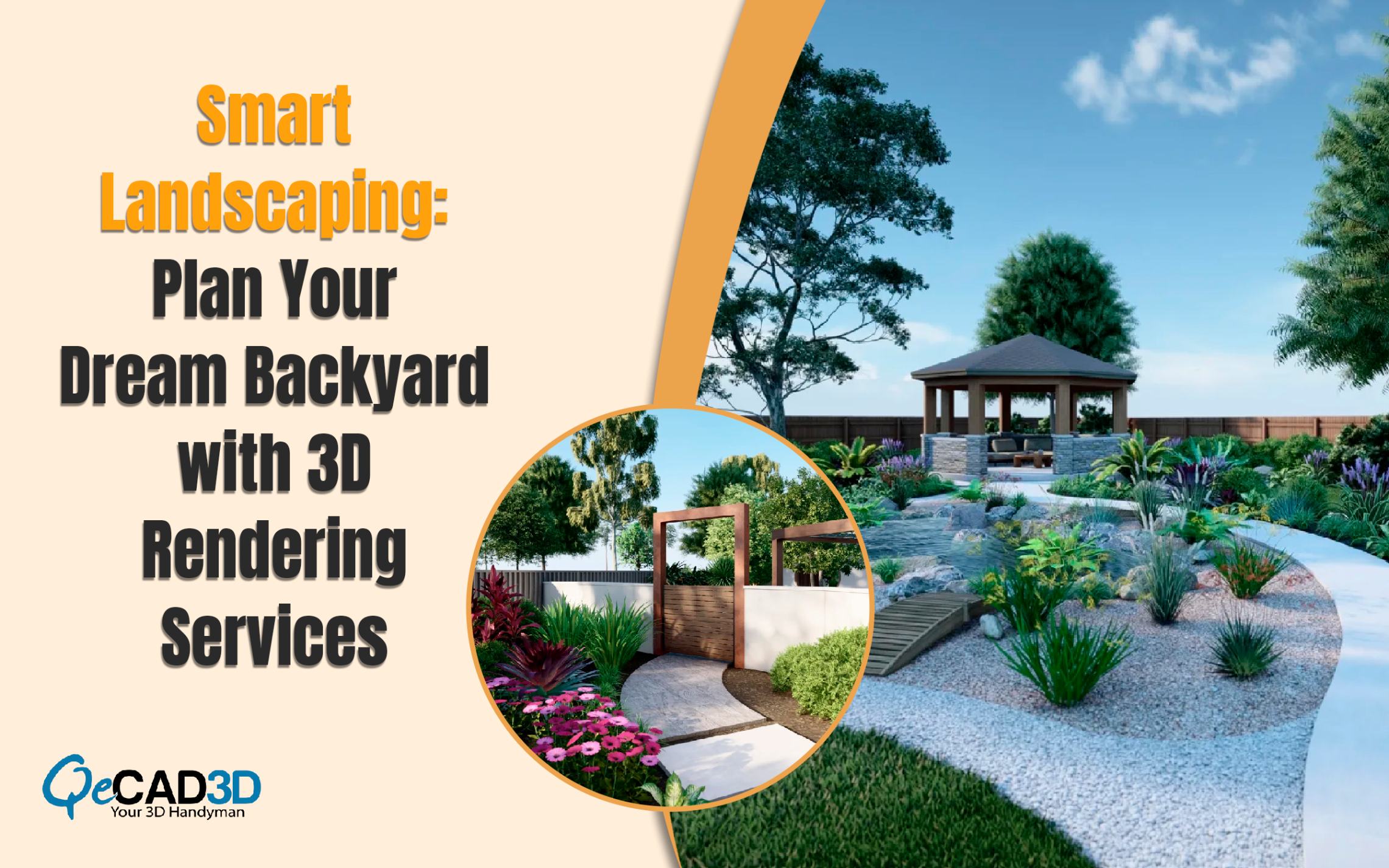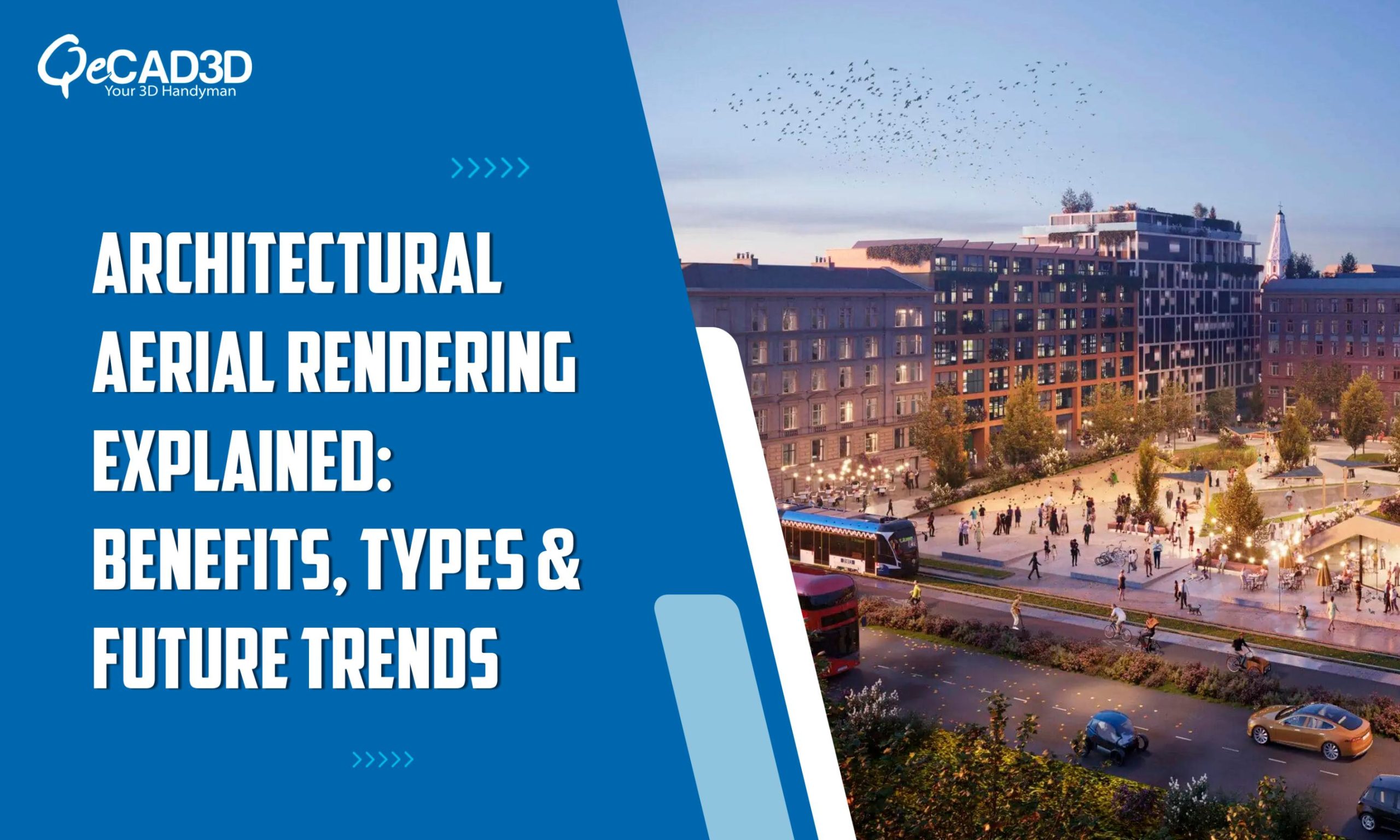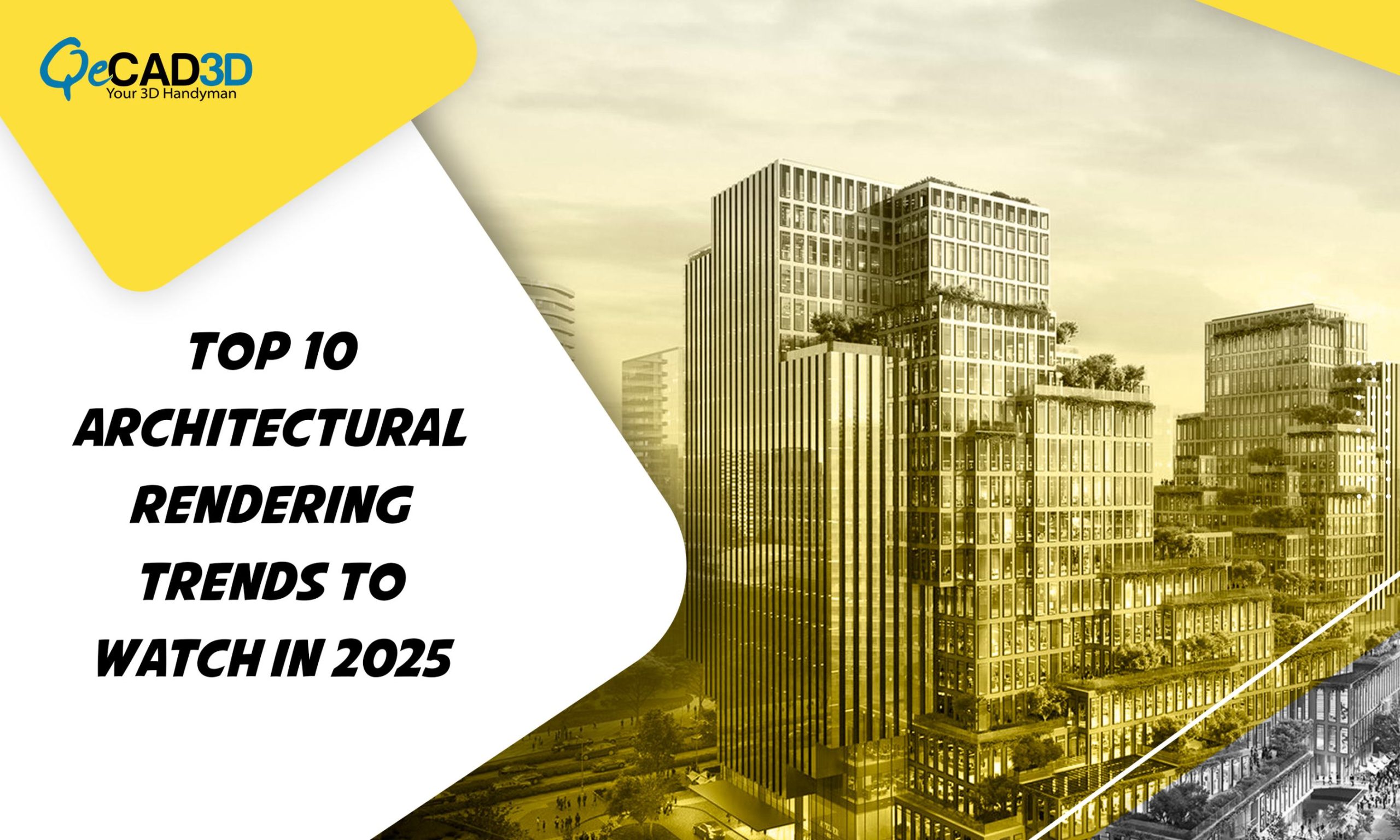Architectural Visualizations vs. Architectural Renderings: A Comparative Guide
Introduction:
Architectural Visualizations and Architectural Renderings are the two terminologies people often gets confused with but are different in terms of purposes. No doubt they both stand out for their ability to communicate the ideas and bring projects to life. Both of the methods do serve the purposes of translating concepts into visuals, but they differ in approach, purpose as well as the output.
The below article guide provides a side-by-side comparison to help professionals and clients understand when and how to use each technique.
What is Architectural Visualization?
Architectural Visualization is a digital representation of an architectural project that aims to portray a realistic view of the final structure in a complete environment. This process goes beyond simply depicting the building and also incorporates the surrounding landscapes like lightings, ambiances along with the other elements to create more holistic and immersive experiences. These visuals can be interactive and allows the clients to engage with the project in various ways such as through virtual reality walkthroughs or 360-degree views which can help clients to envision the project from multiple perspectives.
What is Architectural Rendering?
Architectural Rendering is the art of creating highly detailed images that showcases the specific design elements of a project. 3D Rendering Services focus on visually translating materials, textures, spatial relationships as well as the aesthetics into realistic or stylized visuals. This technique is typically used to depict a particular aspect of a building or structure. The output of this is usually a static, high-quality image. Renderings are commonly used in the early phases of a project to provide stakeholders with a clear visualization of the design intent. They’re also valuable tools for final presentations and marketing.
Comparative Table: Architectural Visualizations vs. Architectural Renderings
| Aspect | Architectural Visualizations | Architectural Renderings |
| Definition | Comprehensive representations of architectural projects, often showcasing a complete environment | Detailed illustrations focusing on specific parts or the overall appearance of a structure |
| Purpose | Aimed at conveying the entire design experience and atmosphere | Aimed at presenting design aesthetics, materials, and spatial relationships |
| Detail Level | Typically includes high levels of detail like lighting, texture, and surrounding landscape | Can vary in detail; focus may be on specific materials, textures, or structural aspects |
| Applications | Used for stakeholder presentations, marketing and client approval | Used in technical planning, client presentations, and marketing visuals |
| Tools Used | Advanced software like Unreal Engine, Lumion, and virtual reality for immersive experiences | Rendering software like V-Ray, SketchUp, and 3DS Max for high-quality static images |
| Interactivity | Often includes interactive elements like 360-degree views or VR walkthroughs | Static images or non-interactive visuals, sometimes with limited animation capabilities |
| Time and Cost | Higher cost and time investment due to immersive and interactive elements | Generally, more affordable and quicker, suitable for early project phases or quick approvals |
| Audience | Ideal for clients, investors, and public presentations that require immersive engagement | Suitable for architects, designers, and clients needing clear design communication |
| Typical Output | Dynamic presentations, virtual tours, interactive models | High-resolution images, photorealistic or conceptual stills |
Which One to Choose?
Choosing between architectural visualization and rendering depends on the project’s goals, budget, and timelines:
- Architectural Visualization is ideal if you want to create a fully immersive experience for your clients or stakeholders, showcasing the entire project in a dynamic and interactive format. It’s particularly suited for large projects, public presentations and marketing purposes where a high level of detail and atmosphere is needed.
- Architectural Rendering is more suitable when specific details or design elements need to be communicated in a clear, focused manner. This option is often faster and more cost-effective, making it a practical choice for early design phases, quick approvals or instances where photorealistic images are necessary to convey the concept without the need for interactive elements.
Conclusion:
Both architectural visualizations and renderings are valuable tools that serve distinct roles in the design and presentation process. Visualizations offer immersive and comprehensive project overviews using interactive Walkthrough Services while renderings provide clarity on specific design elements.
By understanding their differences, the architects and the designers can choose the right approach to bring their visions to life effectively thereby ensuring a clear communication and engagement tailored to the project’s needs.


